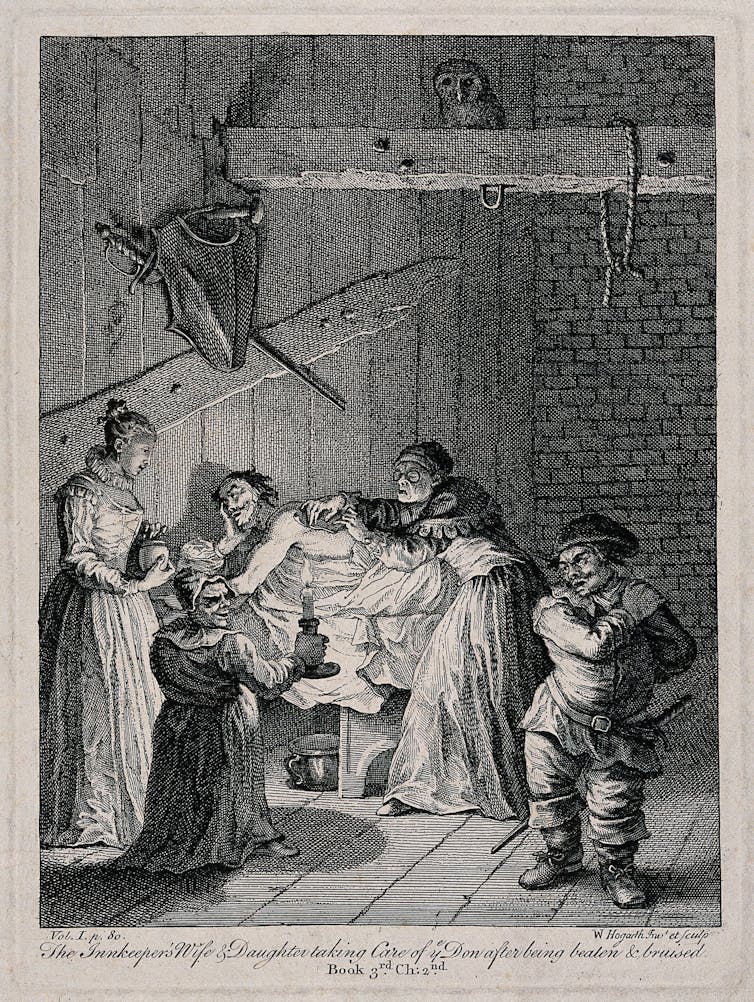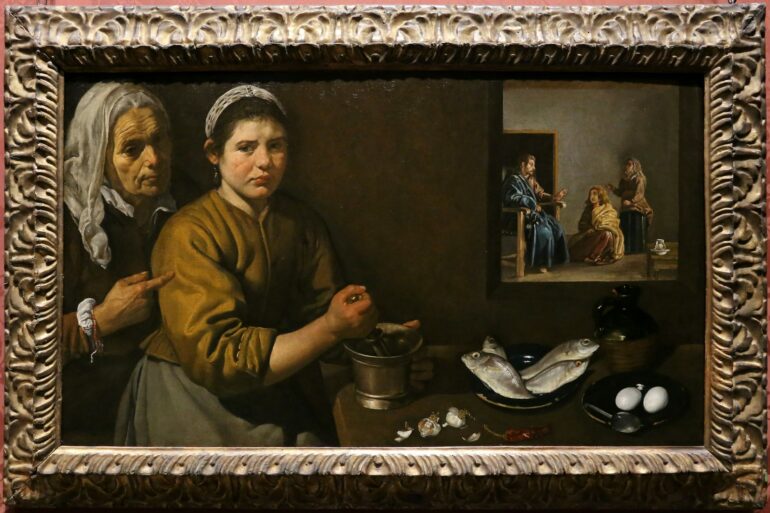Many of the significant health disparities and inequities Hispanic communities in the United States face are tied to a long history of health injustice in the Hispanic world.
The health landscape of early modern Hispanic societies, particularly from the late 15th to 18th centuries, was a complex interplay between professional and nonprofessional providers shaping health care. The convergence of Indigenous, African and European practices, both in Spain and the Americas, affected how clinicians treated their patients.
This all played out against the backdrop of the Inquisition and colonization, when the Catholic Church prosecuted heresy. Consolidating religious norms promoted health care through charitable activity, such as the creation of hospitals, but also created challenges between the authority of the Catholic Church and competing health care initiatives.
My research focuses on how health and medical practices in early modern Latin America and Spain are represented through cultural artifacts, including literature, recipe books, the Inquisition and convent records. In our book, my colleague Sarah Owens and I explore how gender norms affected medicine and health care. We also consider how popular representations of health and medicine in culture inform widely held beliefs and biases about these experiences.
Understanding the historical roots of health disparities in Hispanic communities can help address them both locally and globally today.
Interplay of medical practices
Latin America and Spain in the late 15th to 18th centuries were home to a number of medical practices, including traditional medical knowledge and remedies and the professionalization of medicine through new universities and licensing systems.
Early modern medical humanists, or Renaissance clinicians, took up medical treatises by the ancient Greek and Roman physicians, including those of Galen and Hippocrates, and revived them in the context of “learned” medical instruction through European universities. The study of Paracelsianism, or the theories of Swiss physician Paracelsus, though more contested among practitioners because of its connections to the supernatural and occult, also affected a variety of health practices across early modern Spain and colonial Latin America. With the publication of anatomical treatises at the start of the 16th century, including the work of Renaissance physician Andreas Vesalius, the study of anatomy slowly and dramatically changed medical practice.

An 18th century engraving depicts a woman soothing a wound on Don Quixote’s back.
William Hogarth/Wellcome Collection
Traditional healing practices varied significantly but often provided accessible and culturally compatible care, including reduced language barriers. Many people in Hispanic communities still rely on these practices today. Discussions about the legitimacy and health effects of folk remedies in Latin America, such as…



